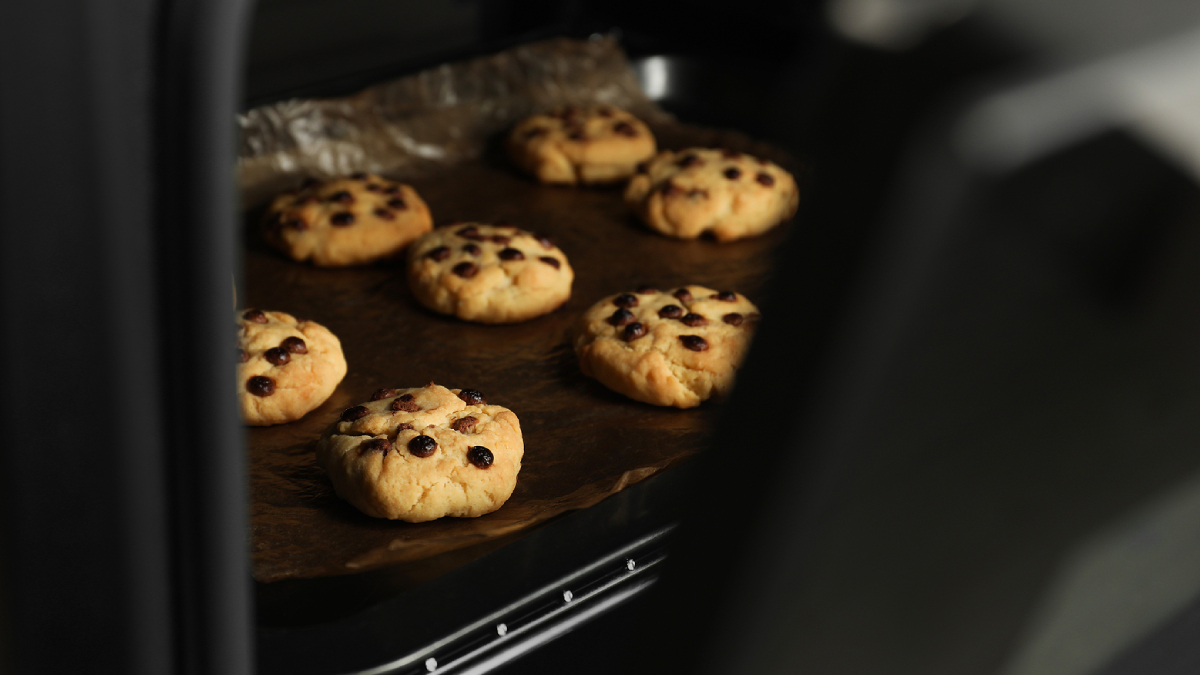Preheating your oven to a certain temperature is a common step in many baking recipes, whether for muffins, cupcakes, cookies, or cakes. Even those who have yet to try baking and just use online bakery delivery to sate their sweet tooth know about this vital step in the baking process. But is it really important?
It has long been a tradition to put baked goods in a hot oven to quickly and thoroughly activate the leaveners and ramp up the baking process. However, what would happen if you omitted this step and started baking cold or as the oven preheats? Interestingly, many bakers have tried experimenting with this and have discovered that skipping preheating is perfectly fine for many – but not all – baked goods without ruining them. At times, they even get better when you start with a cold oven!
Why start with a cold oven?
The first reason to start baking cold is to eliminate the frustration whenever you forget to preheat the oven. Thus, you simply slide your sheet pan onto the centre rack, fire up the oven, and wait. The second reason is that certain baked goods actually turn out better when baked in a cold oven. For instance, the slower and longer bake results in muffins having a higher rise (you wouldn’t want your cakes to sink in the middle!), drop cookies baking at a more controlled spread, and quick bread coming out with a fully baked centre. Some cakes also develop caramelised crusts that are just a delight to the tastebuds.
Baking with a cold oven: Which pastries do and don’t fare well with it?
The best recipes to try with a cold-oven start include cakes (and cupcakes), quick bread, fruit pies, muffins, and cookies. Soft and moist yeast loaves of bread (think dinner rolls or sandwich loaves) also do fine, provided you let them proof for just around three-quarters of the way until fully risen before baking them in a cold oven.
In contrast, scones and biscuits baked in a cold oven end up too dry and don’t rise as high as in a preheated oven. Moreover, any crusty bread made with lean dough, like pizza bread, ciabatta, and baguettes, must be baked hot and fast. However, there is one exception to note: crusty bread that calls for baking in a Dutch oven produces stellar results when started in a cold oven.
Will you need to adjust the baking time with a cold oven?
Several factors affect how a recipe behaves when baked in a cold oven, including:
- The temperature called for.
- How long it takes for the oven to heat up when turned on.
- Duration of the baking process.
When starting in a cold oven, you can typically estimate the total baking time by adding how long it takes for your oven to reach a certain temperature and the duration of the bake called for in the recipe minus a couple minutes or more.
It is recommended to keep a close eye on what you’re baking if it is the first time you’re making the recipe with a cold-oven start. Once done baking, record the total baking time so that you can better understand what adjustments are required for that specific recipe when baked in your oven.
The bottom line
Experimenting in baking is key to making the familiar feel new and exciting, as proven with something as simple as baking with a cold-oven start. As such, consider looking up other ways to mix up your baking to discover surprising and delicious results.
Branching out with your baking still advanced for you? No worries! You can still try out new flavoursome desserts and pastries by ordering from an online bakery in Singapore to expand and hone your palette. Feel free to check out our menu today and get your favourite baked goods delivered to your door lickety-split!



